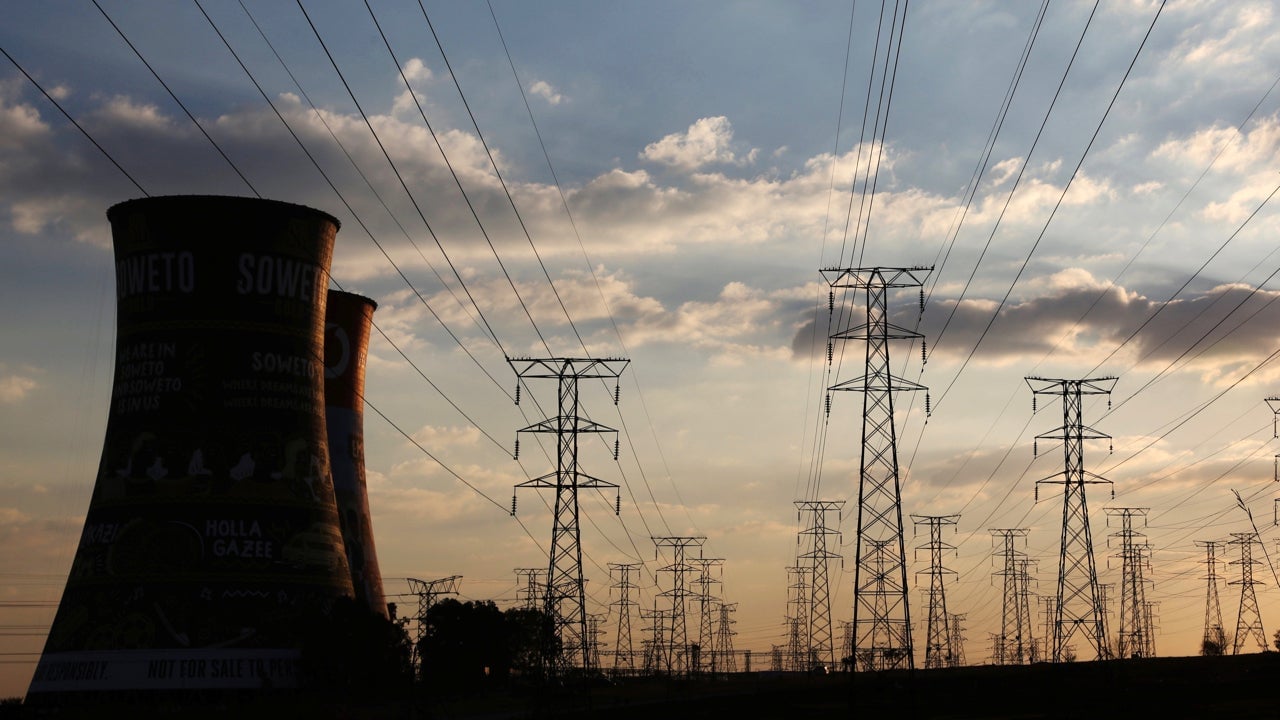South Africa is investing in batteries to stop frustrating electricity blackouts
South Africa’s national electricity supplier is finally making good on its promises to take renewable energy seriously.


South Africa’s national electricity supplier is finally making good on its promises to take renewable energy seriously.
Eskom has released a 19-page report (pdf) outlining how it planned to implement its battery storage program. The two-phase program will start with an 800 megawatt-capacity distributed battery network. This first phase, due by December 2019, will see battery storage sites built near the existing grid to integrate renewable energy into the national grid.
“The majority of sites will be existing Eskom substation sites, wind energy site or adjacent municipal land,” Eskom’s report said. Phase two, which will have a 640 megawatt battery storage network, should be online by December 2021. The project is meant to take place with minimal disruption to the environment or peoples’ lives, Eskom said.
Currently, 70% of South Africa’s energy is coal-generated, while hydro-electric contributes 0.1% to the national grid, according to Energy Storage News. Solar and wind combined make up 0.1% of the national energy supply.
Battery storage systems help power suppliers store the electricity created by wind and solar. Electricity production from renewable sources cannot be managed according to demand and so batteries can store this energy until needed. Earlier this year, General Electric announced that it would be investing in a “reservoir” battery system.
The project has the financial backing of the African Development Bank (who co-published the report) and the World Bank. The latter has been frustrated by how slow South Africa has been to implement its renewable energy plan, despite a more than $3 billion World Bank loan back in 2010 already, according to Reuters.
South Africa has made public pronouncements on developing its renewable energy sector to end its reliance on coal. Those plans slowed as the country’s attentions were diverted to a questionable nuclear deal with Russia, which was abandoned after former president Jacob Zuma stepped down. Blighted by allegations of corruption and so-called state capture, Eskom reported a loss of $160 million in the last financial year, much of it due to irregular expenditure.
Eskom has long been a source of frustration for South Africans who have to contend with “load shedding,” the national suppliers jargon for poorly scheduled rolling blackouts, that usually happen in winter. The battery network will go a long way in keeping the lights on during high-demand periods.
Sign up to the Quartz Africa Weekly Brief here for news and analysis on African business, tech and innovation in your inbox